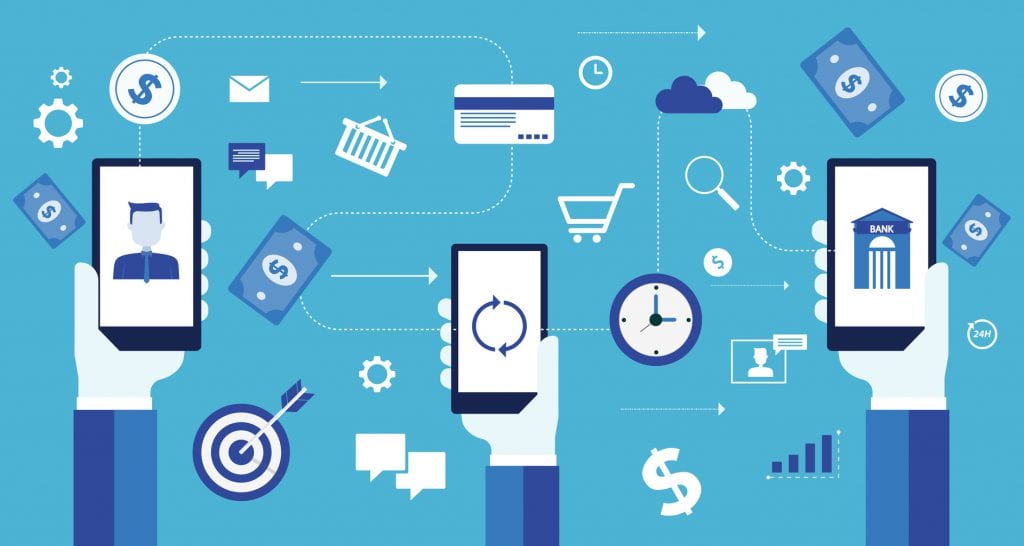As the number of payment options continues to grow, businesses race to equip their stores and sites with the proper payments technology to keep their customers happy. In the e-commerce market, the payments experience has proved to be a top priority for consumers. According to Worldpay’s 2017 Global Payments Report, 78 percent of consumers said that the payments experience affects the likelihood that they will return to a retailer’s site. This means that offering the right mix is key.
Despite the splintering of payment methods, retailers can find success by embracing popular payment options, such as e-wallets and mobile wallets, and carefully identifying which payment options their business and client base will benefit from — especially those still on rise.
E-Wallets and Mobile Wallets Are Here to Stay
One mistake many businesses have made is the slow adoption e-wallets and mobile wallets. E-wallets are currently the second most popular payment option in the U.S., dominating 23 percent of the U.S. market in 2017, and they are expected to become America’s most popular method by 2021. Seeing as credit and debit cards have dominated until now, this marks a major change in the payments industry. Nearly half of global e-commerce is set to be paid via e-wallets within the next five years, proving that this is not just a U.S. fad.
E-wallets have commanded attention in the payments industry, and retailers cannot afford to ignore them. Customers prefer their speed and convenience – allowing them to buy their favorite products in seconds with the press of a button. They also provide security, as all of their payment information is stored safely in one place.
Mobile wallets, like Apple Pay, Samsung Pay and Android Pay, are another payment method that has proved popular with consumers. The report’s findings predict that m-commerce will rise at an annual rate of almost 20 percent in the next five years, valuing m-commerce at $2 trillion by 2021. Currently, the U.S. is the second-largest m-commerce market in the world. Mobile wallets offer another easy way for customers to pay both online and in-person, making them an asset for businesses. For example, companies like Facebook have capitalized on in-app money transfers that create an all-encompassing payment method, giving the customer a frictionless payments experience.
Consumers Are Key
It’s not enough for merchants to draw up the paperwork for new payment options and expect their sales to increase. Implementing new payment methods can take time, but this investment is worth it when the right payment methods are chosen. This means retailers need to do their homework to ensure they’re implementing the payment options their customers want.
For example, in the U.S., there are several payment options that people use when making purchases. E-wallets and credit cards will be the most popular payment methods in the next five years, commanding nearly 70 percent of the market, followed by bank transfers, charge and deferred credit cards, and lastly debit cards. Therefore, merchants should ensure their payment suites are equipped with these options. In fact, U.S. vendors can cover 80 percent of preferred payment methods by accepting credit cards, PayPal and other mainstream e-wallets.
But depending on a specific retailer’s consumers and products offered, another payment option could pose to be beneficial, as well. A U.S. company, for example, might have a high volume of customers from India, where bank transfers are a popular payment option, commanding almost 25 percent of the market. In this case, the merchant should consider the benefits of accepting this additional payment option instead of relying only on e-wallets and credit cards.
It’s not about offering every payment option available, but the right mix of payments for the business, products and consumers. While it’s undeniable that e-wallets are set to dominate the payments industry as a whole, retailers should take note of all consumer preferences and be quick to adopt them into their business strategy before getting left behind.
About the Author
Casey Bullock is General Manager – North America for Worldpay. Current responsibilities include managing all commercial personnel working directly with Worldpay’s clients in the North America region. Prior to Worldpay, Mr. Bullock was VP, GM Fraud Solution for Chase Paymentech focused on the creation and delivery of enterprise-class fraud prevention capabilities into the ecommerce marketplace. Mr. Bullock spent 10 years serving in senior sales and sales management positions with CyberSource Corporation focused on providing enterprise-class payment and fraud management solutions to many of the industry’s most recognized brands. He has over 20 years of combined technology sales and sales management experience including positions at Harmonic, Inc. and Silicon Valley Communications.
